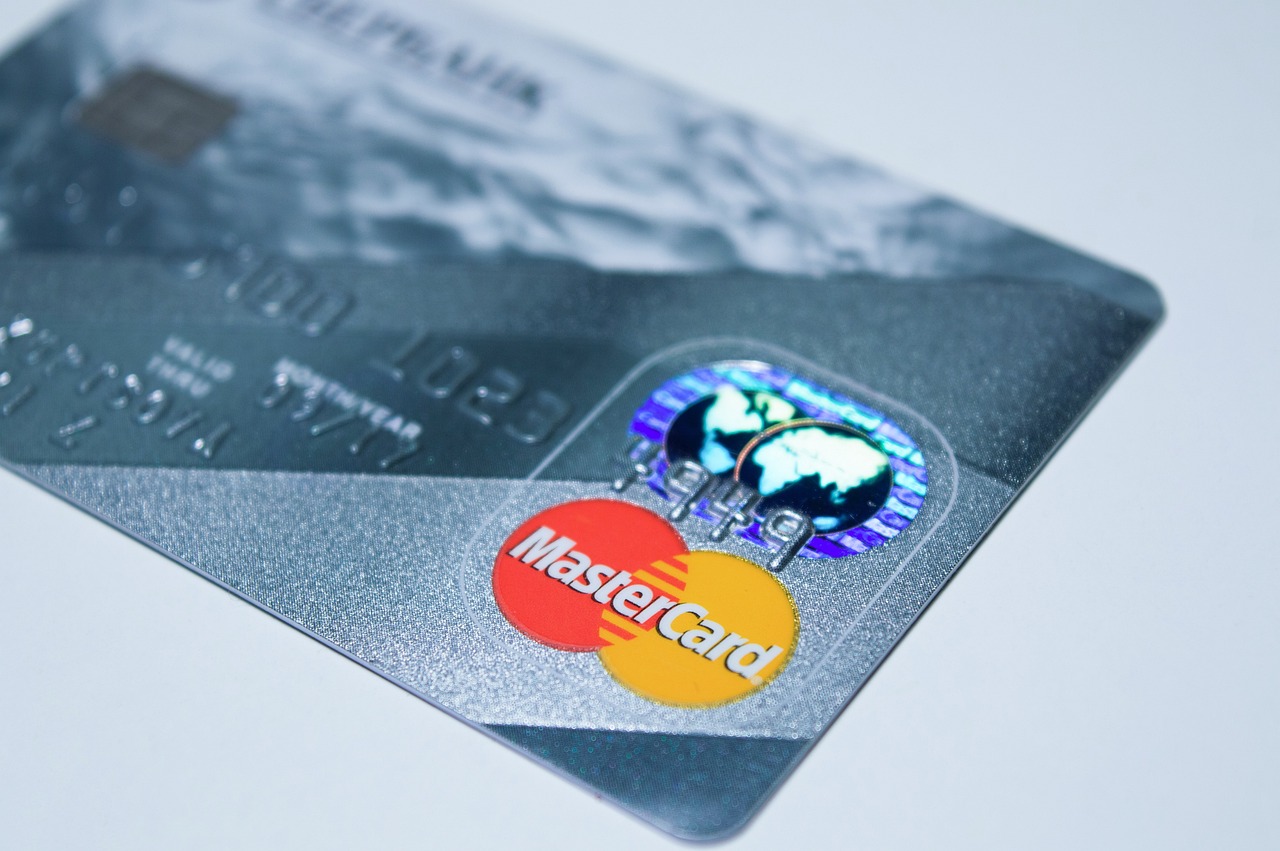No, 3D Secure and Two-Factor Authentication (2FA) are related because they serve as security layer in the financial and banking sector, but not the same.
Key Differences Between 3D Secure and General 2FA
Here’s how they differ:

Purpose
3D Secure: A specific protocol designed to secure online card transactions by authenticating the cardholder. It’s used mainly in e-commerce to protect against fraud.
2FA: A broader security method that adds an extra layer of protection to any login or transaction process, ensuring that a user provides two different types of evidence to prove their identity.
Scope
3D Secure: Limited to online payment transactions, specifically involving credit or debit cards.
2FA: Applicable across various platforms, including email accounts, banking apps, social media, and more.
Implementation
3D Secure: Often uses methods like one-time passwords (OTP), biometrics, or challenge questions as part of the payment authentication process.
2FA: Can involve diverse combinations, such as:
Something you know (password or PIN).
Something you have (OTP sent to your phone or a physical security token).
Something you are (biometric data like fingerprints or facial recognition).
Regulation and Adoption
3D Secure: A protocol mandated by card networks like Visa and Mastercard and tailored for online payment security. It addresses specific fraud-related challenges in the payment space.
2FA: A generalized security measure implemented by various industries to enhance account and data protection.
The Overlap
Both use a second layer of security to verify user identity, but 3D Secure is a specialized application of authentication (and often includes 2FA elements) for online transactions in the banking and e-commerce sectors
How 3D Secure and 2FA overlap yet differ

How 3D Secure Uses 2FA
3D Secure often incorporates elements of Two-Factor Authentication (2FA) as part of its verification process. For instance:
When a customer makes an online payment, they are asked to enter a one-time password (OTP) or approve the transaction using biometric authentication like a fingerprint.
This use of “something you have” (e.g., your phone for OTP) or “something you are” (e.g., biometrics) aligns with the principles of 2FA.
However, 3D Secure is more narrowly focused. It is designed for one purpose: securing card transactions online. In contrast, 2FA is a universal approach applied to many types of user interactions, such as logging into accounts, approving transactions, or accessing sensitive data
Key Differences
| Aspect | 3D Secure | 2FA |
| Use Case | Exclusively for securing online card transactions. | General-purpose security for various platforms and logins. |
| Technology Origin | Developed by card networks like Visa and Mastercard. | Used across industries (banking, IT, social media, etc.) |
| Authentication Process | May involve 2FA-like methods but integrated into payment flows. | Can use methods not tied to payments, like app-based tokens. |
| Flexibility | Specific to cardholders, merchants, and banks. | Applies to users, accounts, and data across diverse sectors. |
| Scope | Secures e-commerce transactions against fraud. | Ensures broader security for all online and offline systems. |

Why the Distinction Matters
It’s essential to understand that:
3D Secure is a payment-specific solution that often employs 2FA techniques but cannot replace a full-scale 2FA implementation for systems like online banking apps or customer portals.
2FA is a broader security framework banks should implement across all digital touchpoints to enhance customer account security beyond payments.
Complementary Role in Banking Security
Both technologies work together to fortify online banking:
3D Secure handles transaction-level security.
2FA strengthens the overall customer access process, such as securing banking app logins or authorizing high-risk activities like fund transfers.
By implementing both, banks can offer customers a comprehensive, multi-layered defense against fraud and unauthorized access.


